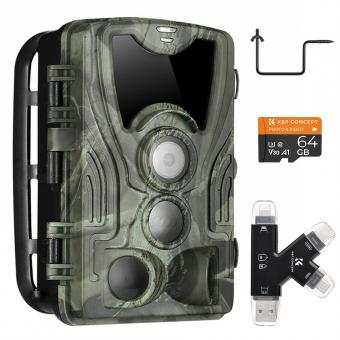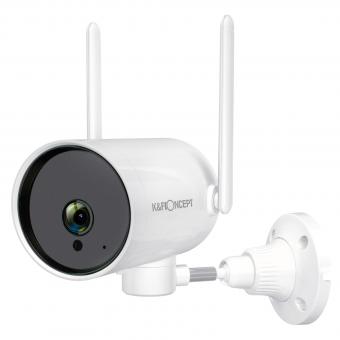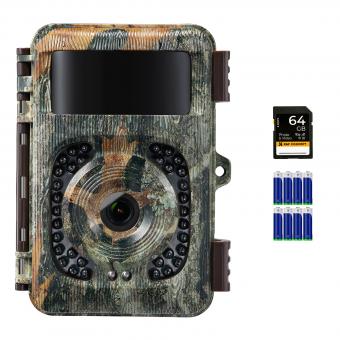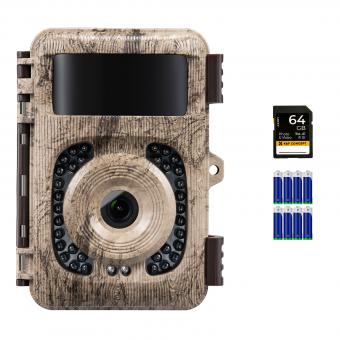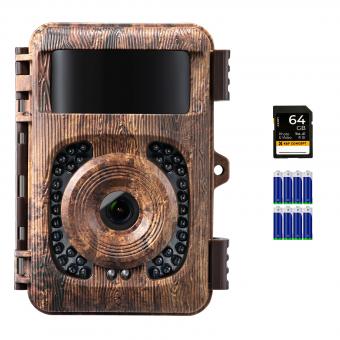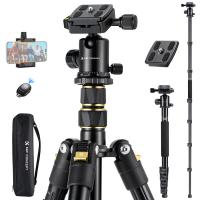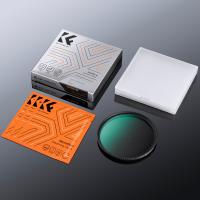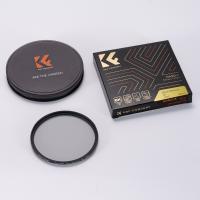What Is A Wifi Camera ?
A Wi-Fi camera, also known as a wireless camera, is a type of digital camera that can connect to a Wi-Fi network. This allows the camera to transmit images and videos wirelessly to other devices such as smartphones, tablets, or computers. Wi-Fi cameras are commonly used for surveillance purposes, as they can be easily installed and accessed remotely. They often come with features like motion detection, night vision, and two-way audio communication. Wi-Fi cameras can be used for home security, monitoring pets or children, or even for professional purposes such as monitoring a business or office space.
1、 Definition and Function of a WiFi Camera
A WiFi camera, also known as a wireless camera, is a type of surveillance camera that connects to a wireless network, allowing it to transmit video and audio data over the internet. This technology eliminates the need for physical cables, making it easier to install and set up the camera in various locations.
The main function of a WiFi camera is to provide remote monitoring and surveillance capabilities. Users can access the camera's live feed and recorded footage from anywhere with an internet connection, using a smartphone, tablet, or computer. This allows for real-time monitoring of homes, offices, or any other location where the camera is installed.
WiFi cameras often come with additional features such as motion detection, night vision, and two-way audio communication. Motion detection enables the camera to send alerts to the user's device when it detects movement, providing an added layer of security. Night vision allows the camera to capture clear footage in low-light or dark conditions. Two-way audio enables users to communicate with people near the camera, making it useful for home security or monitoring pets.
In recent years, WiFi cameras have become increasingly popular due to advancements in technology and the growing demand for smart home devices. Many WiFi cameras now integrate with voice assistants like Amazon Alexa or Google Assistant, allowing users to control the camera using voice commands. Additionally, some WiFi cameras offer cloud storage options, allowing users to store their footage securely online.
Overall, WiFi cameras provide a convenient and flexible solution for remote monitoring and surveillance, offering peace of mind to users who want to keep an eye on their property or loved ones from anywhere in the world.
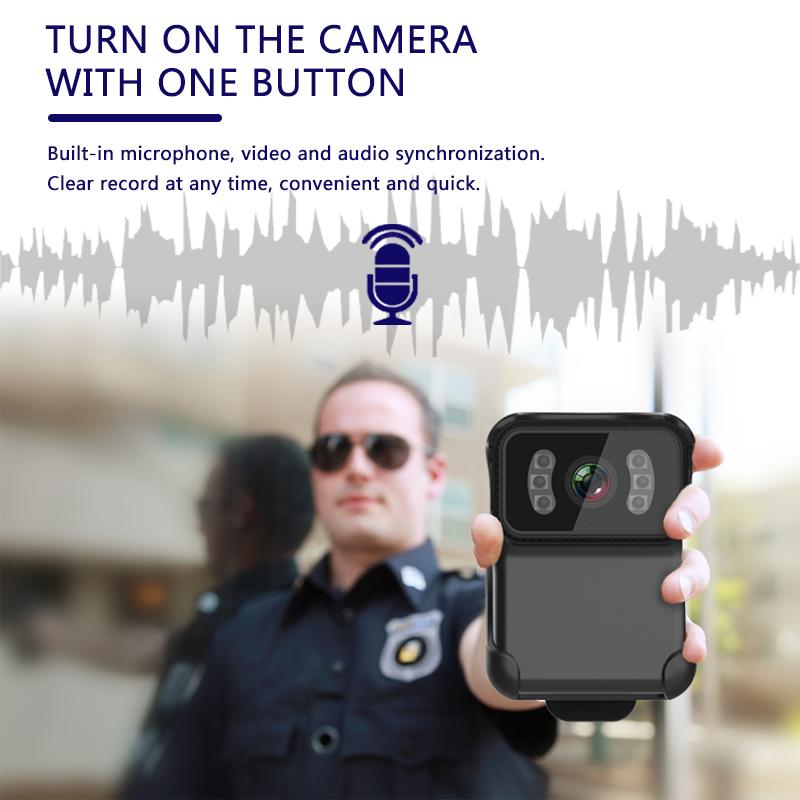
2、 Advantages of WiFi Cameras for Surveillance and Monitoring
Advantages of WiFi Cameras for Surveillance and Monitoring
WiFi cameras, also known as wireless cameras, are a type of surveillance camera that can connect to a wireless network, allowing for remote monitoring and surveillance. These cameras are equipped with built-in WiFi modules, enabling them to transmit video and audio signals over the internet.
One of the primary advantages of WiFi cameras is their ease of installation. Unlike traditional wired cameras, WiFi cameras do not require complex wiring or drilling holes in walls. This makes them a convenient option for both indoor and outdoor surveillance, as they can be easily mounted and moved as needed.
Another advantage of WiFi cameras is their flexibility in terms of placement. Since they are not limited by the length of cables, WiFi cameras can be installed in areas that are difficult to reach with wired cameras. This allows for greater coverage and the ability to monitor multiple areas simultaneously.
WiFi cameras also offer remote access and monitoring capabilities. Users can access the camera's live feed and recorded footage from anywhere with an internet connection, using a smartphone, tablet, or computer. This is particularly useful for homeowners and business owners who want to keep an eye on their property while away.
In addition, WiFi cameras often come with advanced features such as motion detection and night vision. These features enhance the camera's ability to detect and capture suspicious activities, even in low-light conditions. Some WiFi cameras also offer two-way audio, allowing for real-time communication between the camera and the user.
From a latest point of view, WiFi cameras have become increasingly popular due to advancements in technology and the growing demand for smart home security systems. With the rise of the Internet of Things (IoT), WiFi cameras can now be integrated with other smart devices, such as smart locks and alarms, creating a comprehensive and interconnected security system.
In conclusion, WiFi cameras offer numerous advantages for surveillance and monitoring purposes. Their easy installation, flexibility in placement, remote access capabilities, and advanced features make them a convenient and effective option for both residential and commercial use. With the continuous advancements in technology, WiFi cameras are likely to become even more sophisticated and integrated into smart home security systems in the future.
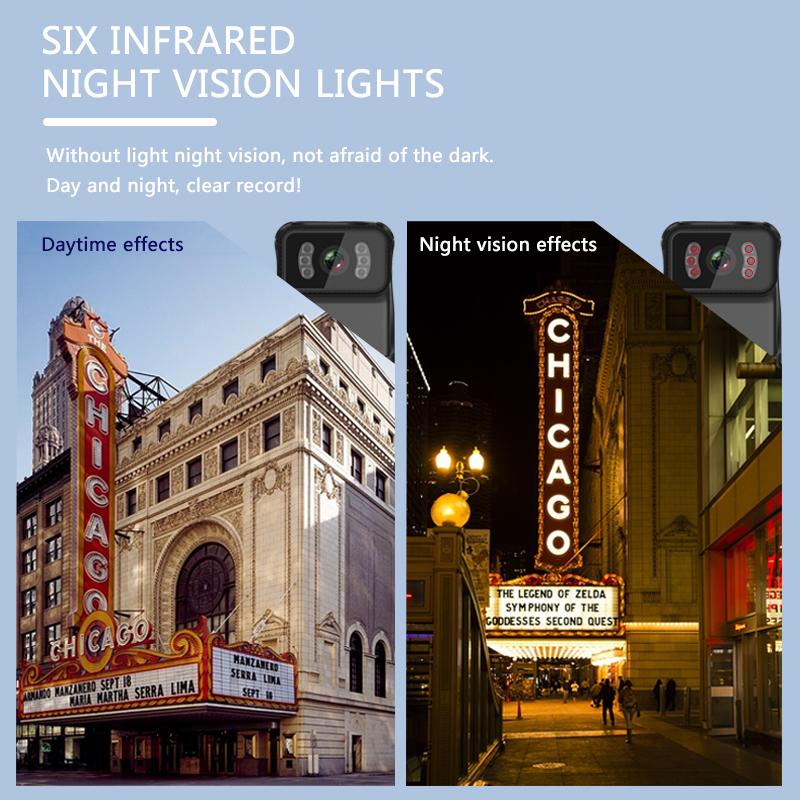
3、 Types of WiFi Cameras: Indoor, Outdoor, and Specialty Options
A WiFi camera, also known as an IP camera or wireless camera, is a type of surveillance camera that connects to a wireless network, allowing users to monitor and record video footage remotely. These cameras use WiFi technology to transmit video and audio signals to a computer, smartphone, or other devices connected to the same network.
WiFi cameras come in various types, including indoor, outdoor, and specialty options. Indoor WiFi cameras are designed for use inside homes, offices, or other indoor spaces. They are typically compact and discreet, allowing users to monitor their property without drawing attention. Outdoor WiFi cameras, on the other hand, are built to withstand harsh weather conditions and provide surveillance for the exterior of buildings. They often have features like night vision and motion detection to enhance security.
Specialty WiFi cameras cater to specific needs, such as baby monitoring, pet monitoring, or doorbell cameras. These cameras often have additional features like two-way audio, pan-tilt-zoom capabilities, and cloud storage options.
The latest point of view on WiFi cameras is the integration of artificial intelligence (AI) and smart home technology. Many WiFi cameras now offer AI-powered features like facial recognition, object detection, and activity zones. These advancements allow for more accurate and efficient monitoring, as well as the ability to customize alerts and notifications based on specific criteria.
Overall, WiFi cameras provide a convenient and flexible solution for home and business surveillance. With the latest advancements in technology, they continue to evolve and offer more advanced features to enhance security and peace of mind.

4、 Key Features and Specifications of WiFi Cameras
A WiFi camera, also known as a wireless camera, is a type of surveillance camera that connects to a wireless network, allowing users to access and control the camera remotely through a smartphone, tablet, or computer. These cameras use WiFi technology to transmit video and audio signals, eliminating the need for physical cables.
Key Features and Specifications of WiFi Cameras:
1. Wireless Connectivity: WiFi cameras offer the convenience of wireless connectivity, allowing users to place the camera anywhere within the range of the WiFi network. This flexibility makes them ideal for monitoring homes, offices, or outdoor areas.
2. Remote Access and Control: One of the main advantages of WiFi cameras is the ability to access and control them remotely. Users can view live video feeds, adjust camera settings, and even receive notifications on their mobile devices, providing peace of mind and enhanced security.
3. High-Quality Video: WiFi cameras are capable of capturing high-quality video footage, often in high definition (HD) or even 4K resolution. This ensures clear and detailed images, making it easier to identify people or objects in the recorded video.
4. Motion Detection and Alerts: Many WiFi cameras come equipped with motion detection technology. When the camera detects any movement within its field of view, it can send instant alerts to the user's device, allowing them to take immediate action if necessary.
5. Two-Way Audio: Some WiFi cameras feature built-in microphones and speakers, enabling two-way audio communication. This allows users to listen and speak through the camera, making it useful for monitoring children, pets, or communicating with visitors.
6. Cloud Storage and Local Storage Options: WiFi cameras often offer multiple storage options. They can store video footage locally on a memory card or offer cloud storage services, allowing users to access and review recorded videos from anywhere.
The latest advancements in WiFi camera technology include improved night vision capabilities, advanced AI-powered features like facial recognition, and integration with smart home devices for seamless automation.
Overall, WiFi cameras provide a convenient and flexible solution for home and business surveillance, offering remote access, high-quality video, and advanced features to enhance security and peace of mind.


